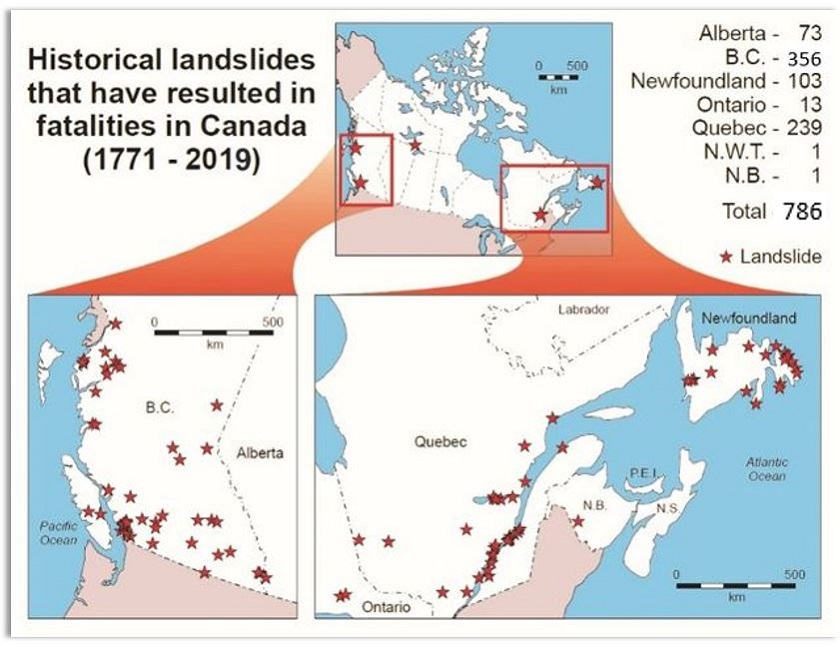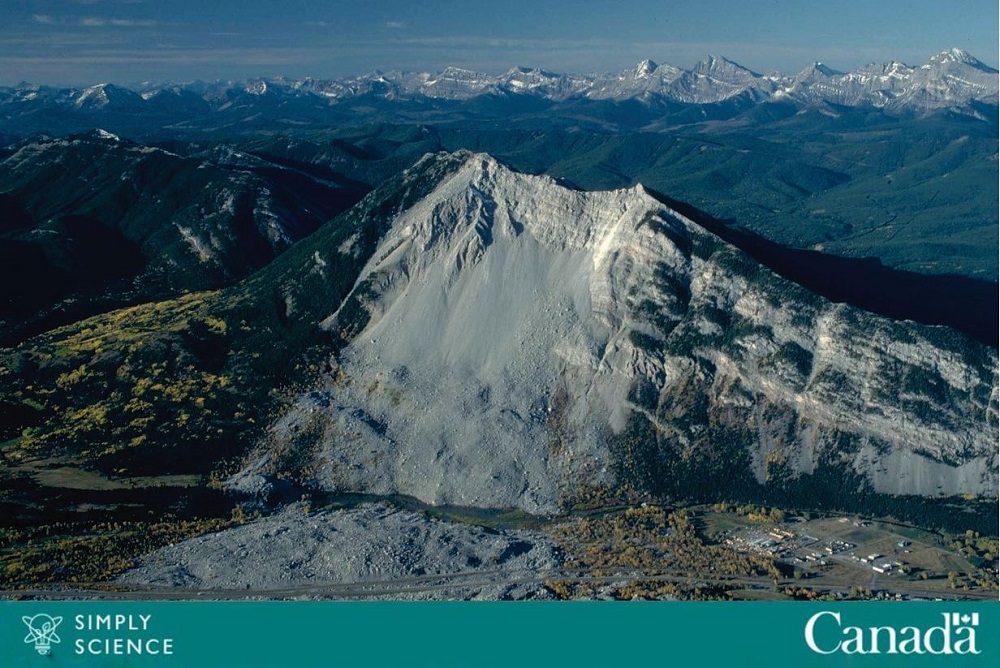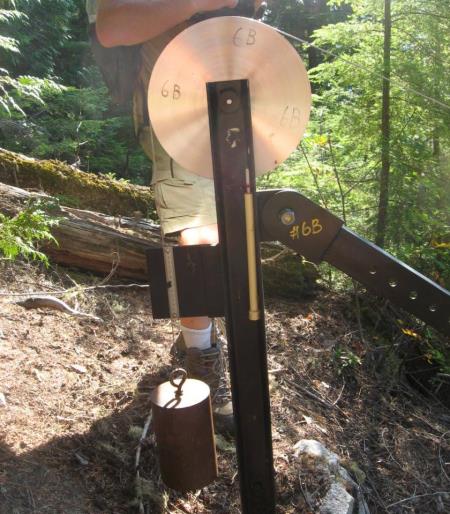Mass Wasting in Canada
Thousands of mass wasting, commonly known as landslides, occur yearly in Canada and are a continual and omnipresent threat to Canadians. The eight major types of mass wasting in Canada are rock avalanches, debris avalanches, snow avalanches, rockslides, rock falls, flow slides, debris flows, and slumps. Such notable threats are loss of life, natural resources like timber, mines, fisheries, infrastructure, communication networks, and pipelines, and destruction of roads, homes, and more. The terrestrial landslides account for about $200 to $400 million costs annually by either direct or indirect landslide events. Although a lot of areas of Canada are affected, the high-risk areas are located along vulnerable waterways or in the Canadian Rockies. Since 1771, at least 786 people have died, although most are not deadly.
The picture below is one of the deadliest mass wasting events.
"The Frank Slide buried part of the mining town of Frank, Alberta, on April 29, 1903. Over 82 million tonnes of limestone rock slid down Turtle Mountain. The landslide is Canada's deadliest in history, killing 73 people. Source: R. Couture, Geological Survey of Canada"
Unstable areas should be avoided because of its natural and ongoing process, when unstable we can't delay or mitigate mass wasting. It's best to let it go and build in a stable area. The historical landslide maps and database, such as seen in the first image above, can be used by engineers to access risk analysis when building infrastructure like bridges, pipelines, roads, railways, and where to build homes. This will help ensure less fatalities. The Canadian Red Cross website is helpful for people to learn what they can do before, during, and after. Monitoring mass wasting is essential to establish warning systems, to see if conditions have changed at a known slide slope area, or if a debris flow, is actually on its way downslope.
"The Downie Slide above the Revelstoke Resevoir is monitored 24/7 with a range of devices, such as inclinometers (slope-change detectors), bore-hole motion sensors, and GPS survey instruments." An example is seen below where a mechanical device is monitoring near the Checkerboard Slide.
For more information about preventing, delaying, monitoring, and mitigating mass wasting this website is veryhelpful.
Sources:




